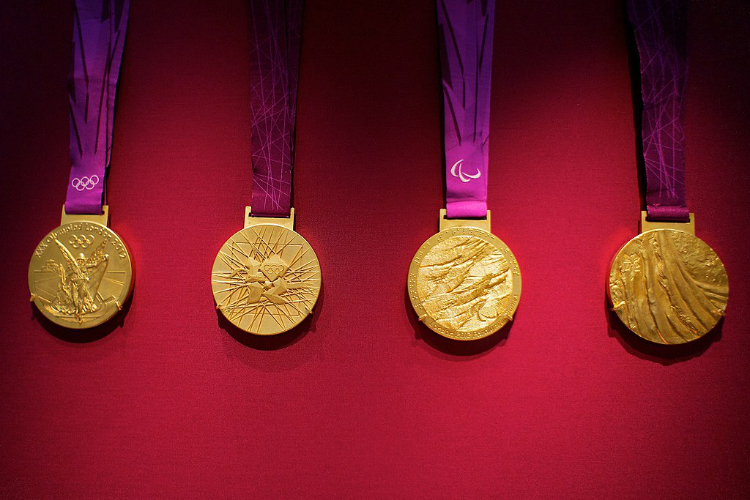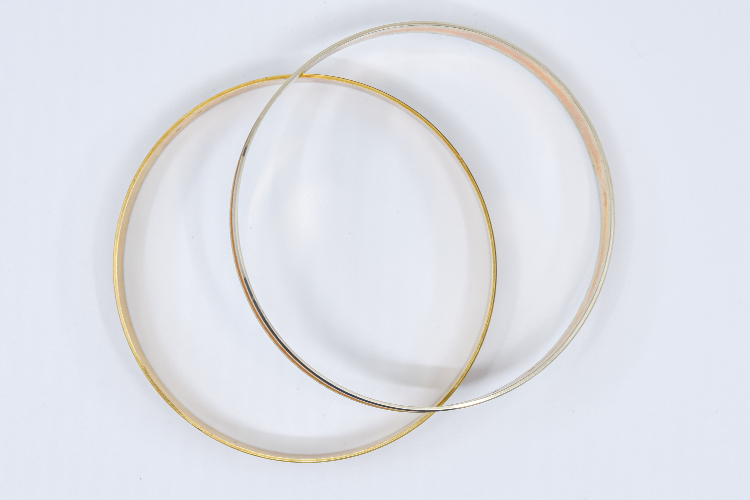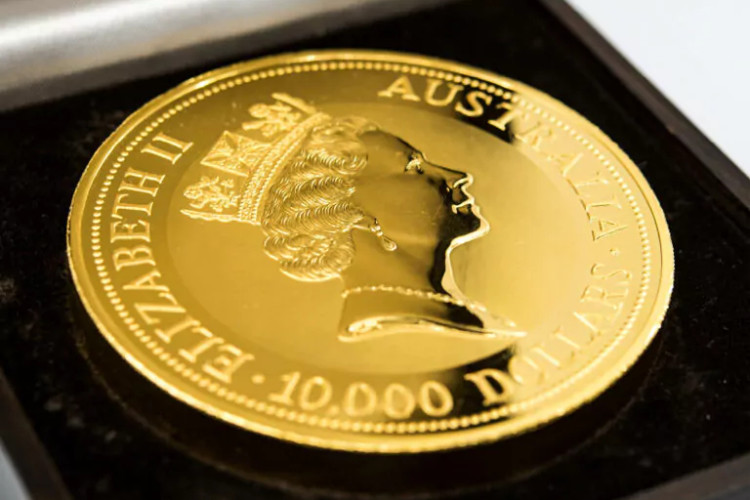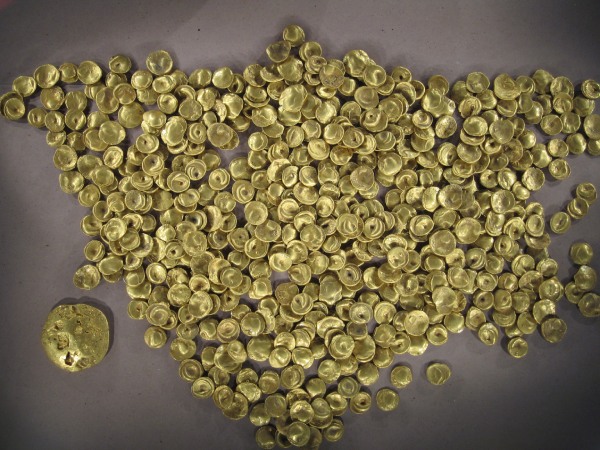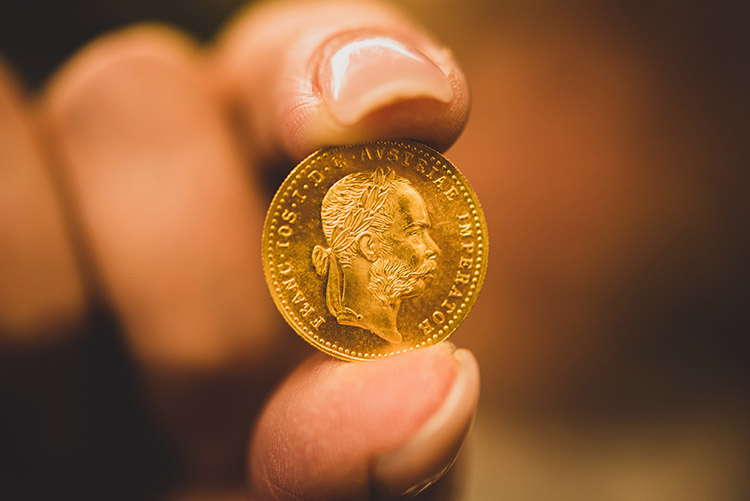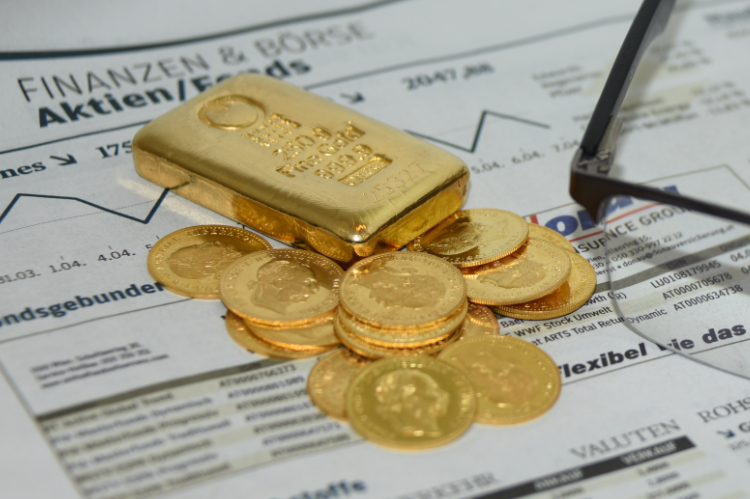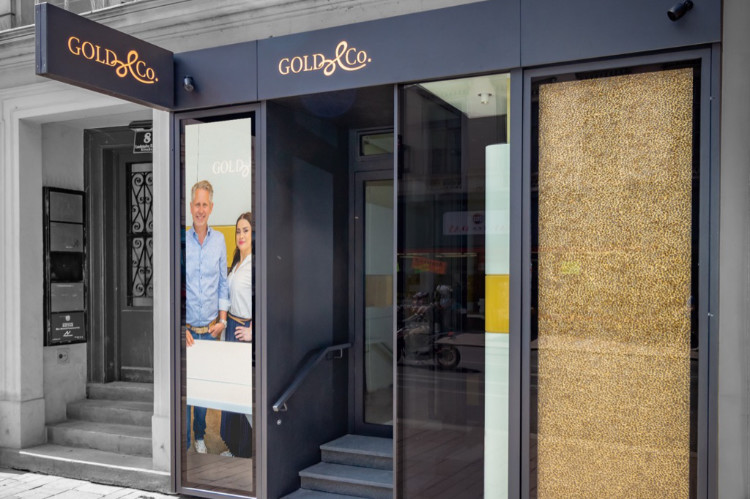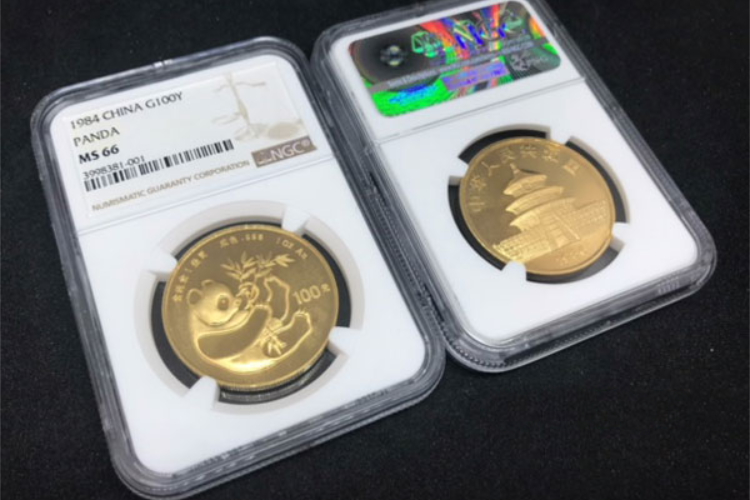
In addition to rarity, the degree of preservation of a coin is one of the most important characteristics for coin collectors and is therefore decisive in determining its collector's value. In order to be able to evaluate and guarantee authenticity and degree of preservation as neutrally as possible, grading services have established themselves, which make their expertise available to everyone as a third independent party.
Grades of preservation of coins
When describing the degree of preservation of collector coins, different systems and terms are used. Thus, German-language terms differ here from the international English terms.
| German | Abbreviation | International | Abbreviation |
| Handlifted | hdg, hgh | - | - |
| Brilliant Uncirculated | st, stgl. | Brilliant uncirculated | BU |
| Uncirculated | unz | Uncirculated | Unc |
| Mint fresh | fr | Mint state | MS |
| Almost uncirculated | unz | Almost uncirculated | AU |
| Fresh from the bank | bfr. | ||
| Excellent | vz, vzgl | Extremely fine | XF, EF |
| Excellent from polished plate | vz from PP, PP touched | Impaired proof | IP |
| Very nice | ss | Very fine (VF) | VF |
| Beautiful | s | Fine | F |
| Very good, very well preserved | sg, sge | Very good (VG) | VG |
| Good, well preserved | g, ge | Good | G |
| Moderately preserved | - | Fair | FR |
| Low received | ge | Poor, Basal state | PO, BS |
Third Party Grading
In third party grading, independent institutions evaluate a coin with regard to its degree of preservation. The two US grading companies "Numismatic Guarantee Corporation" (NGC) and "Professional Coin Grading Service" (PCGS) are the leaders in this industry and set the quasi-standard for this assessment due to their market leadership position. To ensure their neutrality, reputable grading companies do not trade in coins themselves, but finance themselves through fees for their appraisals and certificates.
While many numismatists in Europe collect coins primarily as a hobby, and there is usually a genuine historical interest behind the collecting passion, coin collections in other parts of the world are seen primarily as a financial investment, which should bring in as high a return as possible in as short a time as possible. As a result, U.S. collectors often lack the expertise to recognize forgeries or to correctly assess the degree of preservation of a coin, which is why grading services are increasingly in demand and thus also gaining market power.
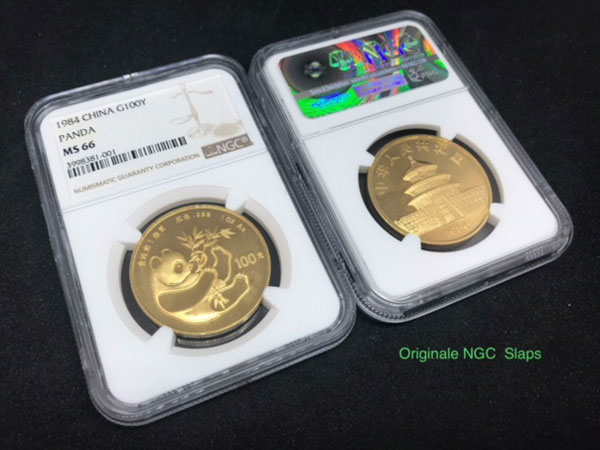
The certification by Third Party Grading Companies guarantees the authenticity of the respective coin, and gives a well-founded assessment of the degree of preservation. In addition, numismatic conservation of the coins is also offered to ensure the certified degree of preservation.
This also includes the so-called slabbing. Coins have always been handled carefully by collectors and placed in protective foil and plastic capsules to prevent oxidation, tarnishing and other damage. With slabbing, however, the coin is shrink-wrapped in a plastic box together with the grading and is given a unique identification number that can be looked up online in the database of grading providers at any time.
Slabs: Problematic platic sleeves
Opinions among numismatists and coin dealers about slabs vary widely. In addition to aesthetic considerations - some refer to them as "coin coffins" - there are two main points of view that play a role.
On the one hand, everyone who buys a slabbed coin must rely on the judgment of the grading companies. This is problematic, because despite the supposedly neutral assessment, there can be significant differences in the assessments of the same coin between the various grading providers. In addition, some extremely rare coins can only be graded by a few experts worldwide, so that the providers lack special expertise in particular numismatic niches. In addition, it is always the case that errors and damage to the edge are concealed by the coin holders of the plastic cover and are thus not visible to the coin enthusiast.
If you open the plastic holder to check the coin itself, whether for authenticity or the degree of preservation of the coin, the seal of the grading companies is broken and the certificate loses its validity.
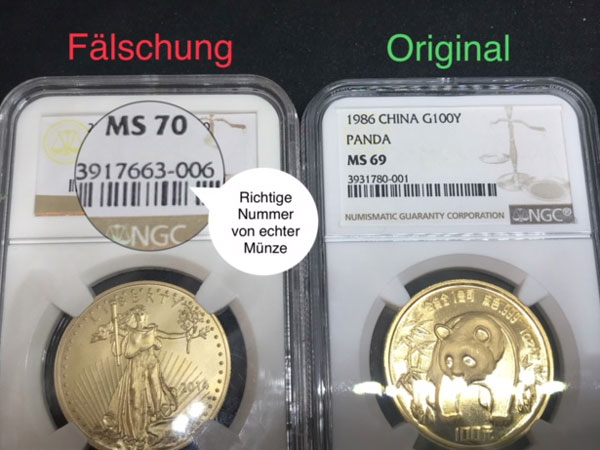
On the other hand, more and more counterfeits are coming onto the market, in which not only the coin itself, but also the associated slab is counterfeited. Due to the open databases on the net, which are actually intended to clearly identify slabbed coins, counterfeiters can easily find out which information has to be forged for which coin.
The slabbing of these counterfeit coins makes it even easier for the counterfeiters to sell their goods to ignorant collectors. Especially when buying coins on online platforms, it is therefore important to be careful and not to order a slabbed coin uncritically.
Better bullion coins as an investment
In my opinion, also due to the ever-growing Asian market, graded and slabbed coins will become more and more popular, even if European coin collectors, numismatists and dealers are critical of this. Basically, however, a coin collection should be pursued less as a financial investment than as a passionate hobby. Those who are enthusiastic about numismatics will build up their own expertise in their niche over time in order to recognize forgeries - whether of the coins themselves or of the slabs - and to evaluate the condition and degree of preservation of individual pieces.
Wer dagegen Münzen als Geldanlage sieht, sollte überhaupt die Finger von Sammlermünzen lassen und sich auf Anlagemünzen oder sogar Barren konzentrieren. Bei Münzen, wie zum Beispiel dem heimischen Goldenen Wiener Philharmoniker, der kanadischen Maple Leaf oder auch den bekannten Krugerrand Goldmünzen zählt vor allem der Materialwert. Egal ob aus Gold oder Silber: Der Preis von Bullionmünzen und Anlagebarren orientiert sich am Silber- bzw. Goldpreis und eignet sich daher viel besser als dauerhafte Geldanlage.

